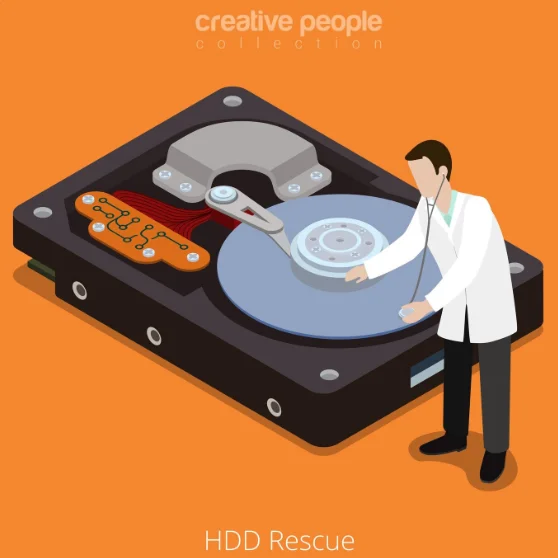Imagine a device: the sleek, minimalist design language of an iPhone. That iconic home button. The vibrant Retina display. But protruding from its side, like a cybernetic limb from a forgotten era, a slot-loading CD drive. This is the CDiPhone – a glorious, impossible chimera of early 2000s physical media and modern smartphone supremacy. It never existed, but the concept sparks a fascinating blend of nostalgia, absurdity, and a surprising pang of “what if?”
The Premise: A Clash of Eras
The CDiPhone isn’t just a phone with a CD player bolted on. It’s the idea of forcing two fundamentally incompatible technological epochs into coexistence:
- The Digital Streamliner: The iPhone (post-2007) represented the future: app stores, cloud storage, ubiquitous streaming, touch interfaces, and relentless miniaturization. Its core philosophy was eliminating moving parts and physical media friction.
- The Physical Media Titan: The Compact Disc (CD), dominant from the 80s through the early 2000s, was the pinnacle of tangible music, software distribution (remember those AOL discs?), and even early digital photography (Kodak Photo CD). It required bulk, moving parts, and careful handling.
Why the Fantasy Resonates (Beyond the Absurdity)
- Nostalgia Rebooted: For a generation raised on burning mix CDs, swapping game discs, and meticulously handling jewel cases, the CD represents a tactile, ownership-focused era. The CDiPhone fantasy taps into the warm fuzzies of that physical connection to media, now largely lost to streaming algorithms and digital libraries.
- The “What If?” of Convergence: Before smartphones consolidated everything, the tech world was obsessed with convergence devices (remember PDA-phone hybrids?). The CDiPhone is the ultimate, slightly ridiculous expression of that trend – what if Apple hadn’t abandoned the disc drive so decisively?
- Hipster Tech Irony: In an age of wireless everything, the sheer impracticality of a CD slot on a phone becomes ironically appealing. It’s a statement piece – the ultimate retro-futuristic accessory for the tech-savvy vintage enthusiast. Imagine pulling out your CDiPhone to physically load the new Taylor Swift album while everyone else streams it.
- Tangibility in a Digital World: The fantasy highlights a growing unease with purely digital ownership. A CD in your hand feels permanent. Streaming feels ephemeral, subject to licensing changes and platform whims. The CDiPhone symbolizes a (deeply impractical) desire for concrete media possession on our most personal device.
- The Humor Factor: Let’s be honest, the image is inherently funny. A device representing peak minimalist design awkwardly accommodating a bulky, scratch-prone disc? The constant whirring of the drive? The inevitable “Disc Error” message popping up during an important call? It’s tech satire gold.
The Stark Reality: Why It Could Never Work (Thankfully?)
- Physics & Design: A slot-loading CD mechanism is huge compared to modern smartphone internals. Adding one would destroy the iPhone’s slim profile, ruin its waterproofing, and consume precious space needed for battery and processors. The protruding disc would be incredibly fragile.
- Obsolescence: CDs peaked before the iPhone existed. By 2007, MP3 players and early digital downloads were already eating its lunch. Adding CD playback in 2007 would have been seen as backward-looking, not innovative.
- Apple’s Philosophy: Steve Jobs famously championed eliminating moving parts and legacy ports (remember the floppy drive’s demise?). The App Store and iTunes were the future of distribution. A CD drive would have been anathema to this vision.
- User Experience Nightmare: Needing to carry CDs, the slow loading times, the drive noise, the vulnerability of the disc to scratches and skipping in a phone… it would be a usability disaster compared to instant streaming or local digital files.
The CDiPhone Legacy: A Thought Experiment
While purely fictional, the CDiPhone serves as a potent thought experiment:
- A Reminder of Tech’s Relentless March: It highlights how quickly paradigms shift. What feels essential today (headphone jacks, chargers?) can become obsolete tomorrow.
- Nostalgia vs. Progress: It forces us to examine what we truly miss about older tech – often the feeling, the ritual, or the sense of ownership, not the tech itself. Can we replicate those feelings digitally?
- The Value of Constraints: Apple’s decision to remove the disc drive (and later, the headphone jack) forced industries to innovate (cloud services, Bluetooth audio). The CDiPhone represents the opposite – clinging to the past potentially stifling the future.
- The Power of “Weird Tech”: Sometimes, the most impractical ideas spark the most interesting conversations about design, culture, and our relationship with technology.
Conclusion: A Fondly Impossible Dream
The CDiPhone will forever remain a delightful piece of retro-futuristic fan fiction. It’s a monument to a bygone era of whirring drives and plastic discs, awkwardly grafted onto the symbol of our sleek, digital present. While its existence would have been a logistical nightmare and a technological dead end, the idea of it resonates. It speaks to our fondness for the tangible, our amusement at tech mashups, and a lingering curiosity about the paths not taken in the relentless evolution of our pocket supercomputers. So next time you stream a song or download an app, spare a thought for the glorious, impractical, and wonderfully absurd CDiPhone – the phone that dared to spin discs in a touchscreen world. It lives on, vibrantly, in the realm of pure imagination.

